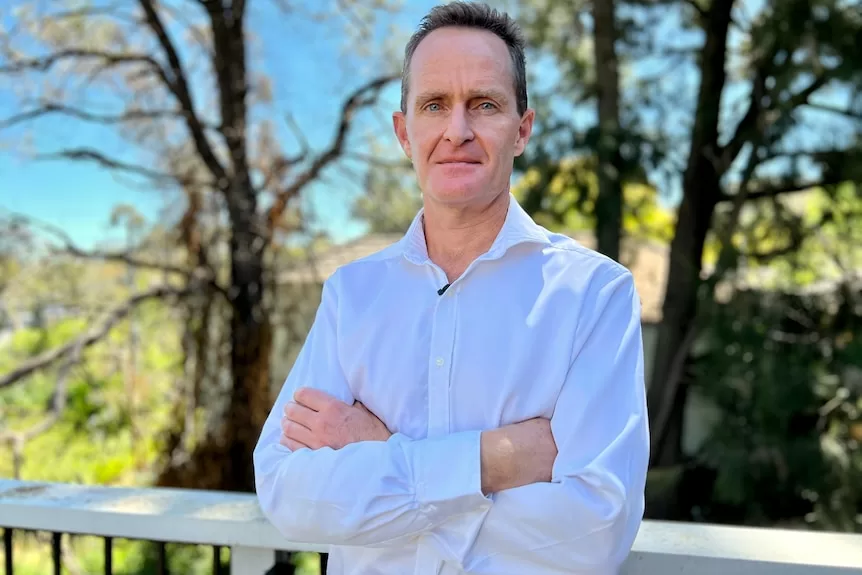- In short: New research has found forest regeneration projects generating carbon credits for big polluters are not actually achieving the results they claim.
- New “Human Induced Regeneration” projects have been blocked from the carbon credit scheme, but existing projects continue to generate credits.
- What’s next? The government is progressing a commitment to introduce a monitor for carbon credits.
A major Australian study has found some of the nation’s biggest polluters are meeting their emissions obligations using carbon credits that have not actually resulted in emissions reductions.
Almost a third of projects under Australia’s carbon credit scheme did little to nothing to reduce emissions despite costing taxpayers hundreds of millions of dollars, the researchers found.
Andrew Macintosh, one of the lead authors of the paper and an environment law and policy professor at the Australian National University first sounded the alarm two years ago, calling the carbon market “largely a sham”.
His calls were rejected by a government-commissioned review, but Professor Macintosh said the new research shows further evidence that human-induced regeneration – a core part of the Australian Carbon Credit Unit (ACCU) scheme – hasn’t worked.
“The data is telling us very clearly that the credits that are being issued are in no way shape or form being matched by the abatement that these projects are actually generating,” He told the ABC.
Researchers monitored 182 Human Induced Regeneration (HIR) projects, which make up about 30 per cent of all ACCUs and have cost taxpayers nearly $300 million over their lifetime.
They found many of the projects to grow native forests were claiming to be regenerating them in uncleared desert and semi-desert areas.
According to the study, 80 per cent of those projects experienced either no change, or negative change to their tree cover between 2013 when first registered, and June 2022, despite receiving nearly 23 million credits.
Researchers say study calls into question emissions results of biggest emitters
In October 2023 the government banned the registration of new HIR projects, but existing projects are still operating and generating carbon credits.
The research group’s claims would have significant implications for the government’s safeguard mechanism, the emissions cap placed on heavy emitters that forces them to either lower their emissions or buy credits to abate them.
The safeguard mechanism applies to facilities that emit more than 100,000 tonnes of carbon dioxide emissions a year in the mining, oil and gas, manufacturing, transport and waste sectors.
Professor Macintosh said the ACCU scheme was “severely lacking in integrity” and jeopardised the integrity of the safeguard mechanism.
“Most of the [safeguard mechanism] entities that are covered by the [ACCU] scheme will meet their obligations by buying carbon credits and surrendering them, rather than reducing their own emissions,” Professor Macintosh said.
“That would be fine if the carbon credits reflected real, additional and permanent abatement but what our results are saying is they’re not.”
HIR projects received 37 million credits to June 2023, nearing a third of the issuances under the scheme, and covering a total area of around 42 million hectares.
The researchers found an increase of just 1.8 per cent in tree cover across those projects, based on satellite data since the projects were registered.
Professor Macintosh said those projects also didn’t show a marked difference in regeneration from other nearby areas outside the credit scheme.
“We also compared the trends of tree cover inside the projects that have been credited to what’s happening in comparison areas,” he said.
“The primary driver is not the controlling of grazing areas but something else, and that something else is very likely to be rainfall.”
Recommendations for ACCU monitor progressing
In 2022 after Professor Macintosh blew the whistle on the carbon credit scheme, the government ordered a review led by the former national chief scientist Ian Chubb.
That review, released in January last year, dismissed claims the scheme lacked integrity.
It said it disagreed with Professor Macintosh’s claims the level of emissions reduction was overstated, and that the carbon credits scheme was not effective.
But the review did make a suite of recommendations, including a new integrity committee to monitor the scheme, which the government has agreed to establish.
Professor Macintosh has always questioned the methodology of that review.
“The main problem with the Chubb review is that they didn’t analyse the performance of a single project to inform their decision or their conclusion that there wasn’t a problem with over-crediting,” he said.
Professor Macintosh has declared he has a competing interest as a non-executive director of Paraway Pastoral Company, which has projects that use Australia’s offset scheme but does not have any HIR projects.
